Table of Contents
Bicycle riders in West Palm Beach have the same duties and rights as motorists under Florida law, but drivers sometimes are not looking for bicycles on the road, and a crash happens.
In that case, the rider needs to retain the services of a skilled West Palm Beach injury lawyer experienced handling bicycle accidents in order to be compensated for expenses and losses resulting from the event.
Bicyclists also should know the laws specific to bicycles so that the rider can avoid bearing some fault in the crash, which would reduce the amount awarded for damages. Florida has adopted the modified comparative negligence doctrine which limits the award by the percentage of fault. A West Palm Beach bicycle accident lawyer can help fight for their client’s rights to compensation.
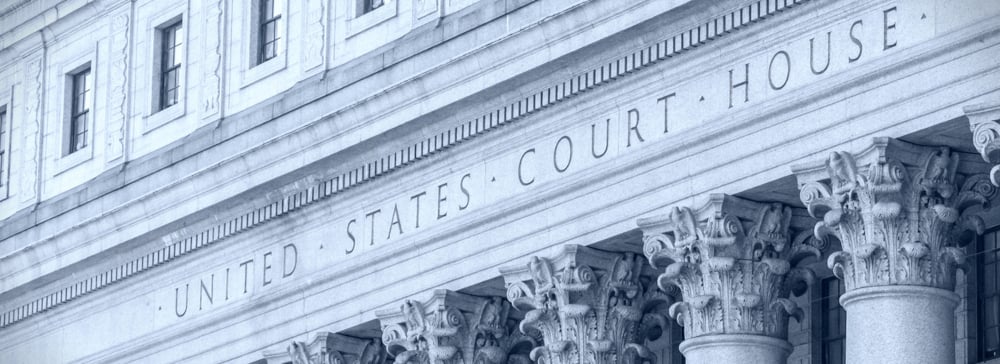
Florida’s bicycle statutes cover a range of responsibilities, from requiring a proper seat to brakes that can stop a bicycle traveling at 10 mph in 25 feet in ideal conditions.
The following includes some of the laws cyclists need to know to prevent accidents and have a strong legal case should a West Palm Beach bike accident occurs.
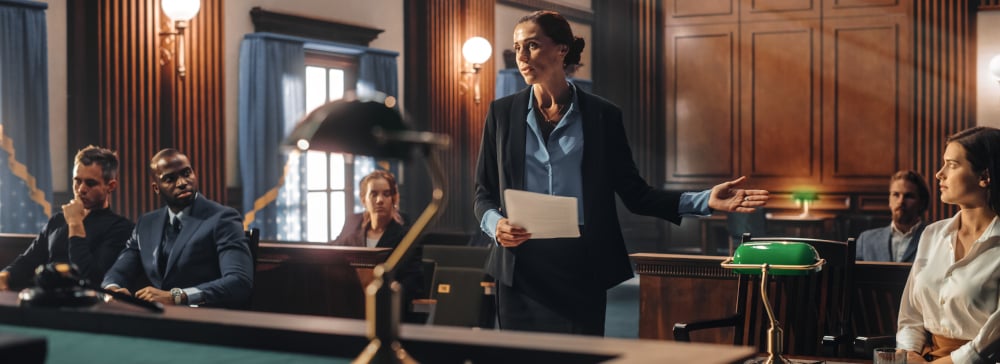
Negligence, which could best be described as “fault,” assigns liability to a party in a lawsuit. A particular formula establishes negligence in court: duty, breach, injury, and causation:
Speak with a West Palm Beach personal injury attorney if you are injured in South Florida. We can help you understand your case’s value before you begin negotiating with the defendant’s insurance company to discharge their liability.
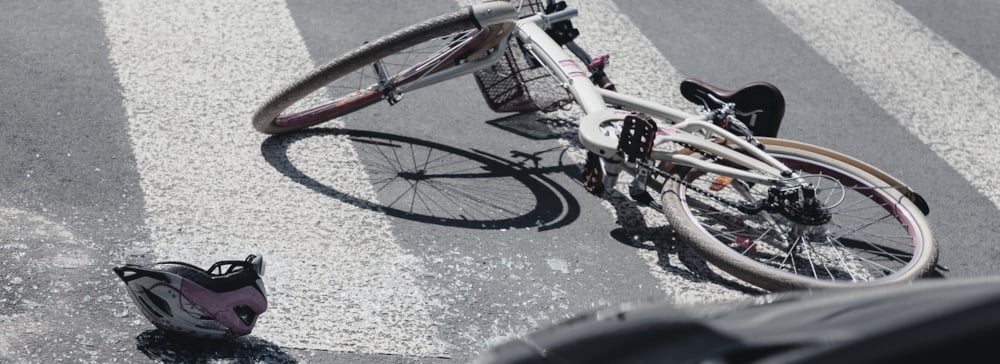
Although every accident has unique fact patterns, some of the most common causes of bicycle accidents in the state of Florida include the following:
Some of the most common causes of these types of accidents include:
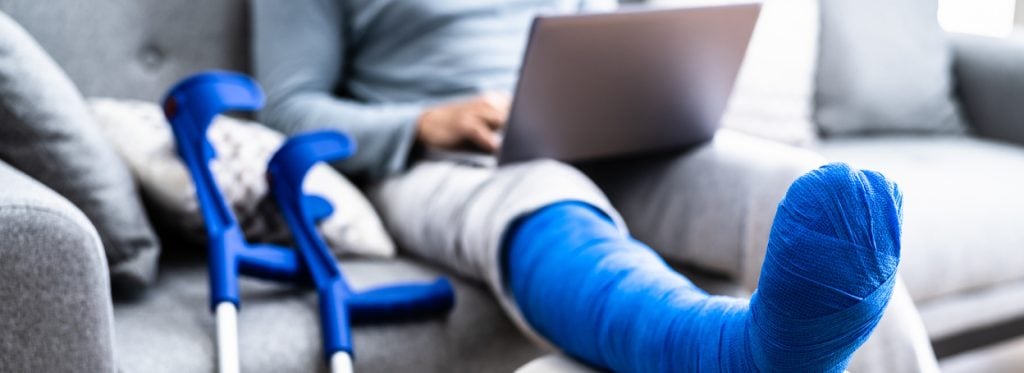
The type of injuries from bicycle accidents varies. For example, a cyclist attacked by a dog will have bite injuries in proportion to the size and power of the animal, whereas a cyclist who falls and skids on cement will have severe road rash. The most common injuries include:
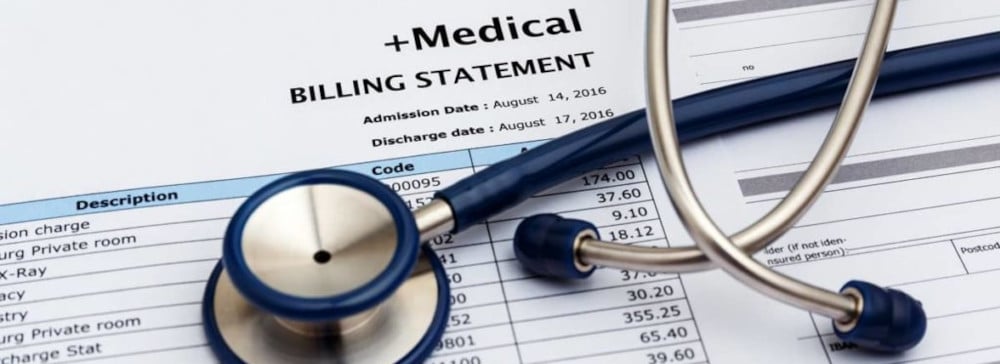
In any negligence case, the two most common forms of damages (or monetary value of losses) can be collected—economic and non-economic.
Economic damages are measurable objective amounts that are easily quantified by bills. This can include:
Non-economic damages are subjective and therefore not as easily quantifiable, requiring specialists like expert witnesses to establish the value of the harm suffered. Non-economic damages can include:
In a wrongful death case, damages will cover medical bills as well as:

The State of Florida is a modified comparative negligence jurisdiction. This means that a plaintiff’s award of damages at trial will be reduced in proportion to the amount of responsibility they bear for the accident, up to 50%. If the plaintiff is found to be 51% or more at fault for their accident they are barred from recovery entirely.
For example, a cyclist, distracted by their phone, rode through a red light and was struck by a driver–who was similarly distracted. Because the cyclist broke the rules by going through a red light, they are found to be 75% negligent. However, the driver had enough time to see the cyclist and apply the brakes–making them 25% negligent. In this case, the cyclist would be barred from any recovery.

In straightforward cases, a settlement may be finalized within a few months, whereas more complicated cases can take up to two years.
Some of the factors that are central to how long the case will take to conclude are:
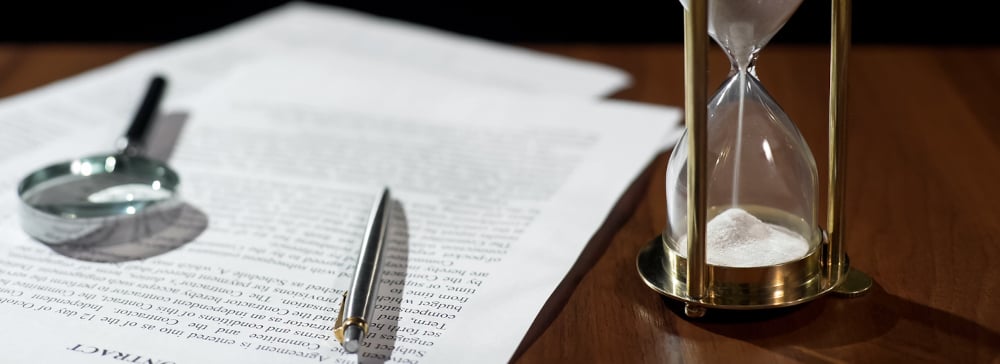
The statute of limitations on negligence lawsuits–Florida Statutes Section 95.11(3)(a)–is two years from the date of the accident.
If a death results from the injuries of the accident, the personal representative of the estate may file a wrongful death claim on behalf of the decedent’s survivors. Wrongful death suits also have a statute of limitations of two years. There are factors that can affect the statute of limitations.

Because motorists commonly do not look for bicycles they do not see them, a cyclist must take responsibility to avoid being hit by paying attention to what is going on along the roadway. Riders should continually look ahead and to the side, have a rearview mirror and use it.
Others on the road need to know what a cyclist is going to do, so using hand signals for turning is crucial. West Palm Beach bicycle accident lawyers would recommend riders travel with the traffic, not against it, wear highly visible clothing colors and reflectors, use a light while biking after dark, obey all traffic signs, and not take risks.
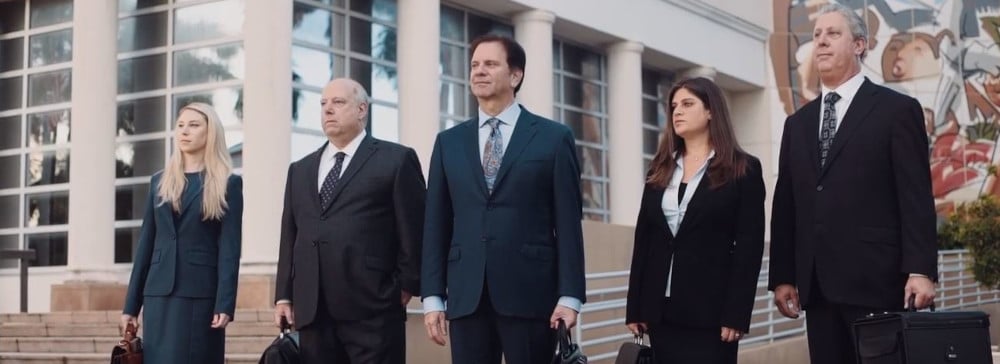
Because a bicycle offers no protection in a collision, chances are, the cyclist will be the only person injured if struck by a car or truck, and the injuries can be significant.
Cyclists who are hit by a vehicle should promptly call a West Palm Beach bicycle accident lawyer for advice. The attorney can explain your rights and legal options and evaluate the strength of your case.
If the accident was the result of another person’s negligence in South Florida, a personal injury lawyer in West Palm Beach could work to prove that and take the necessary steps to build a timely, strong case and achieve the compensation their client deserves.
If you are injured and unable to come to us,
our attorney will come to you - there is no charge for us to do so.